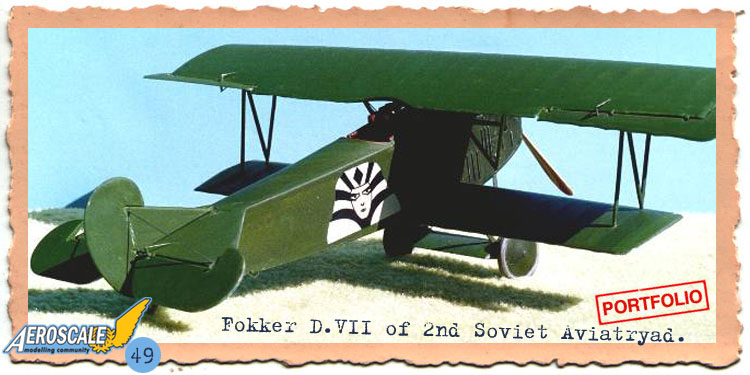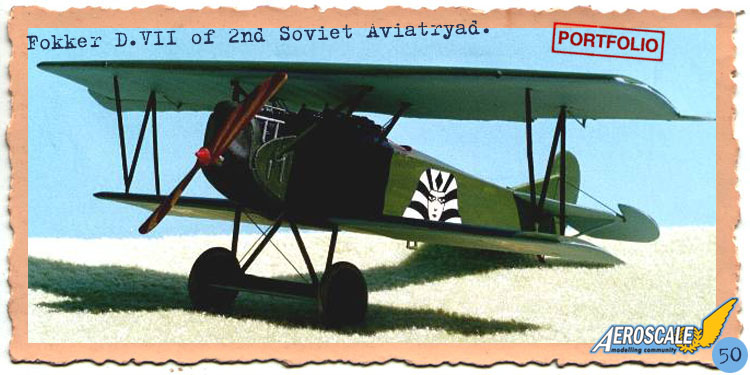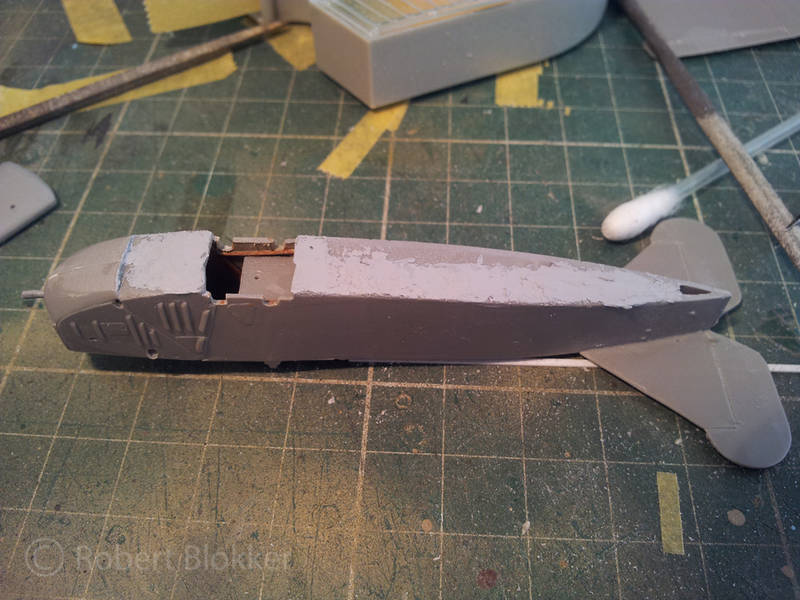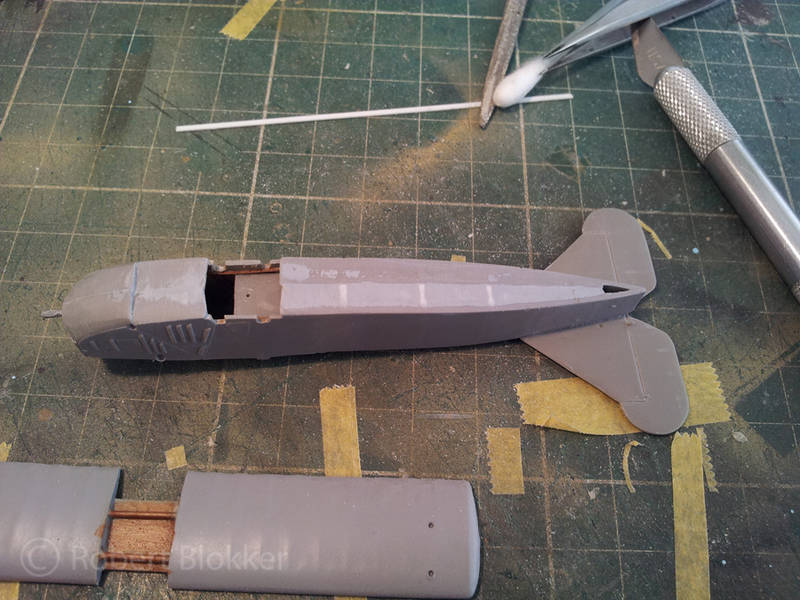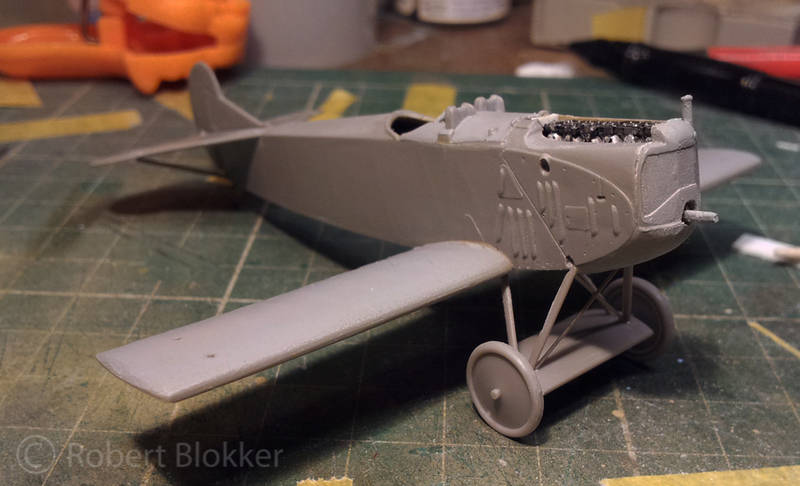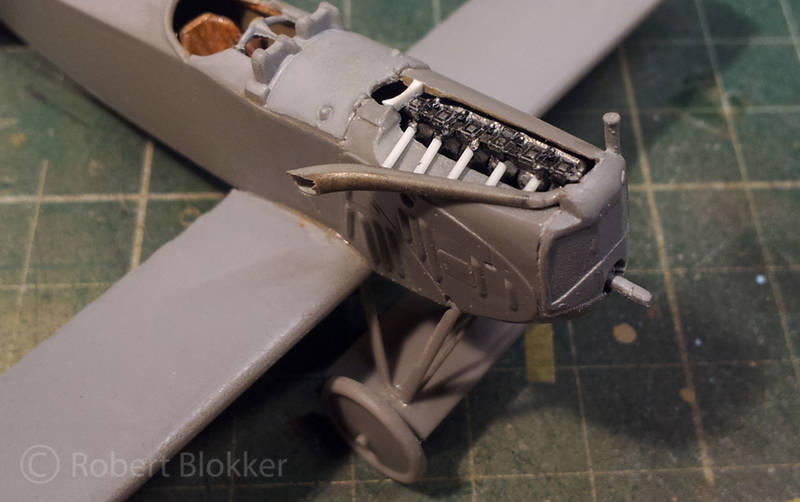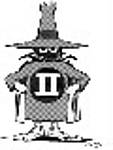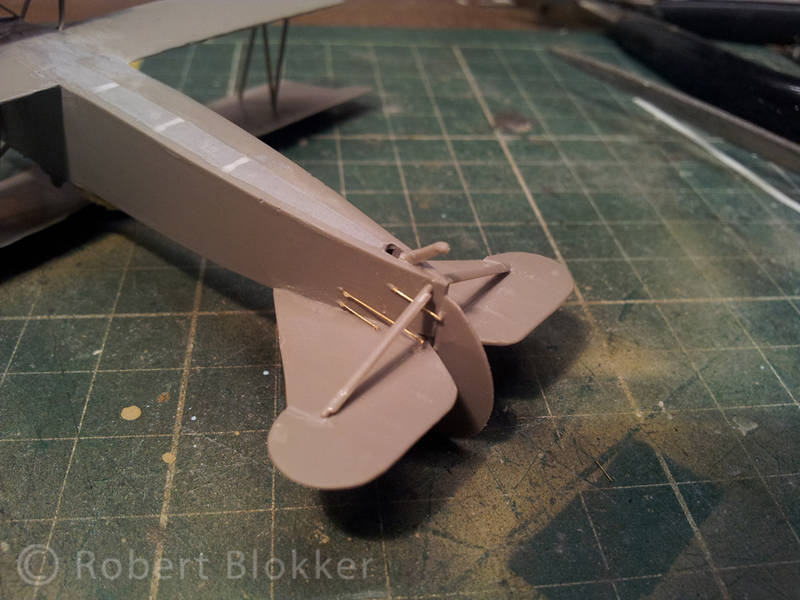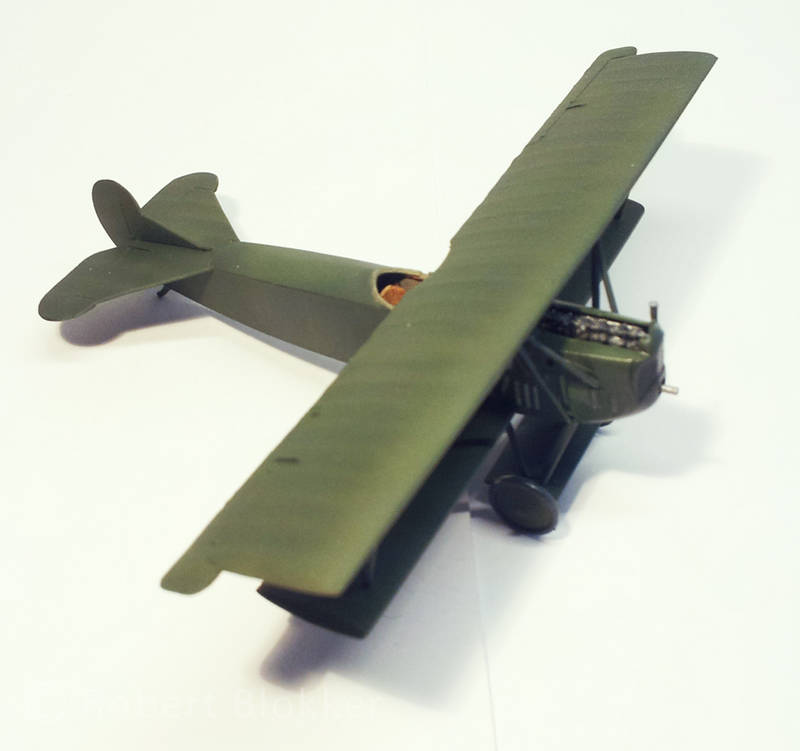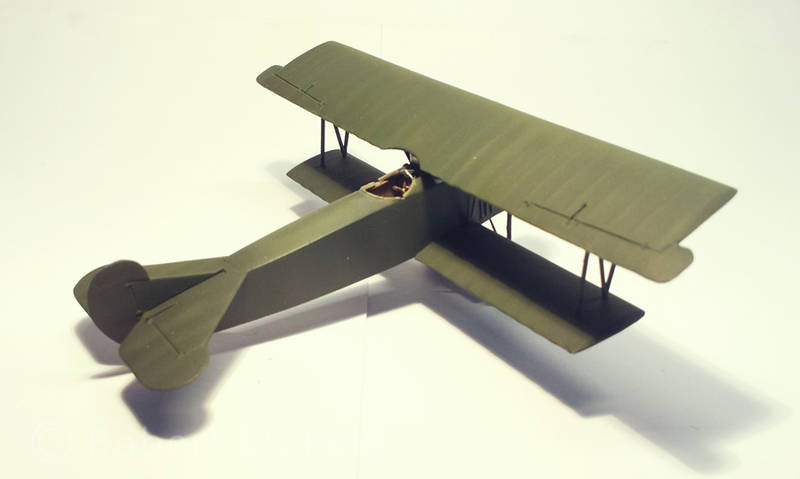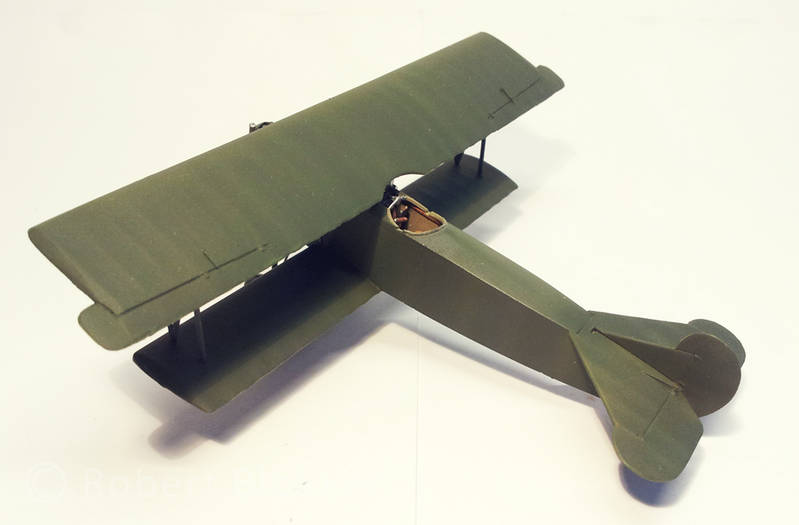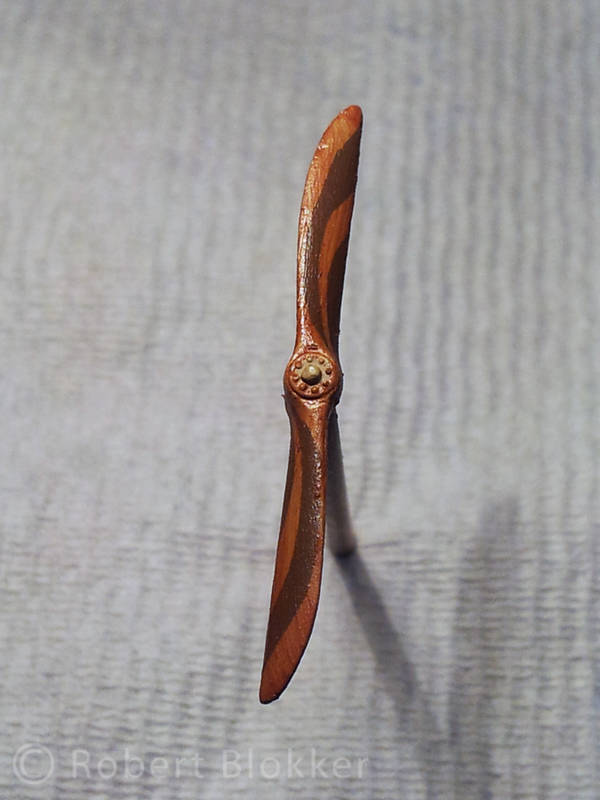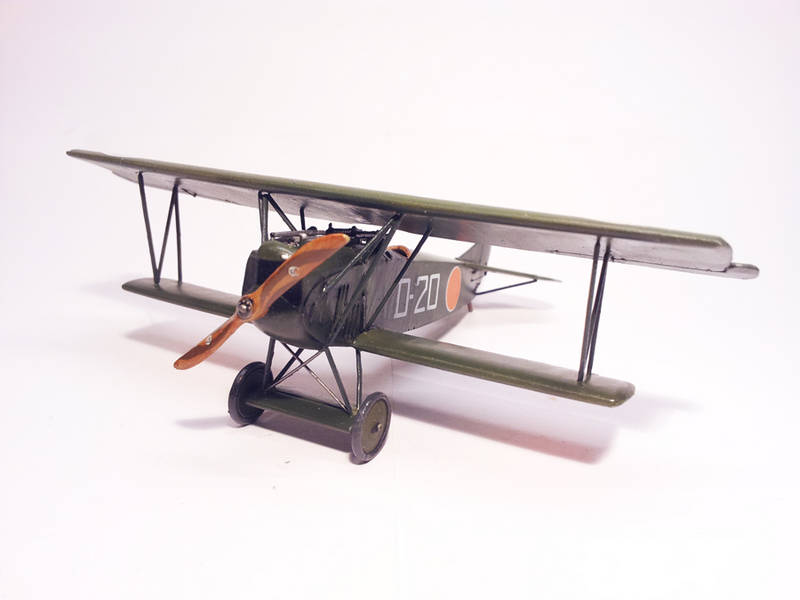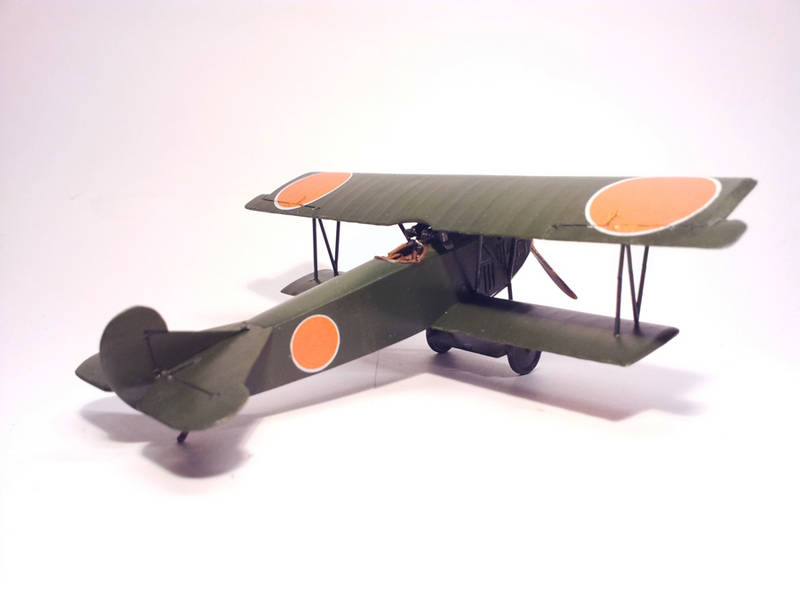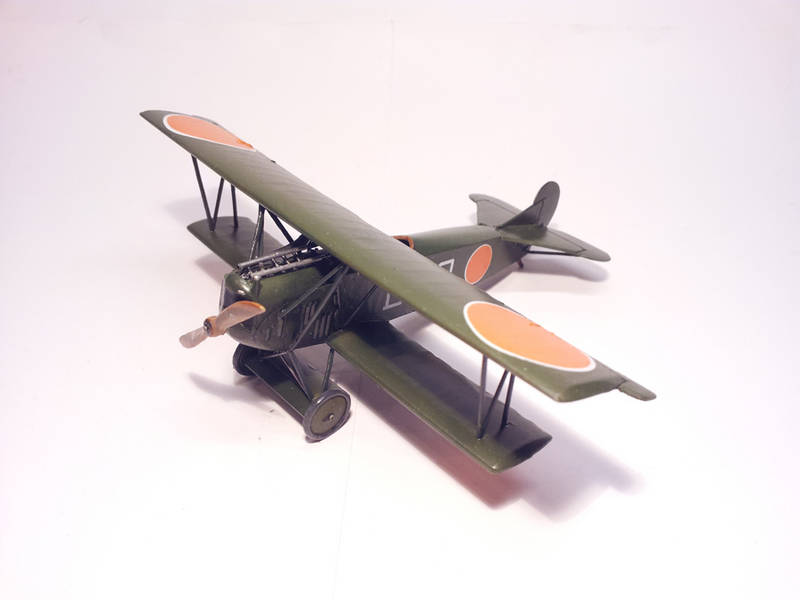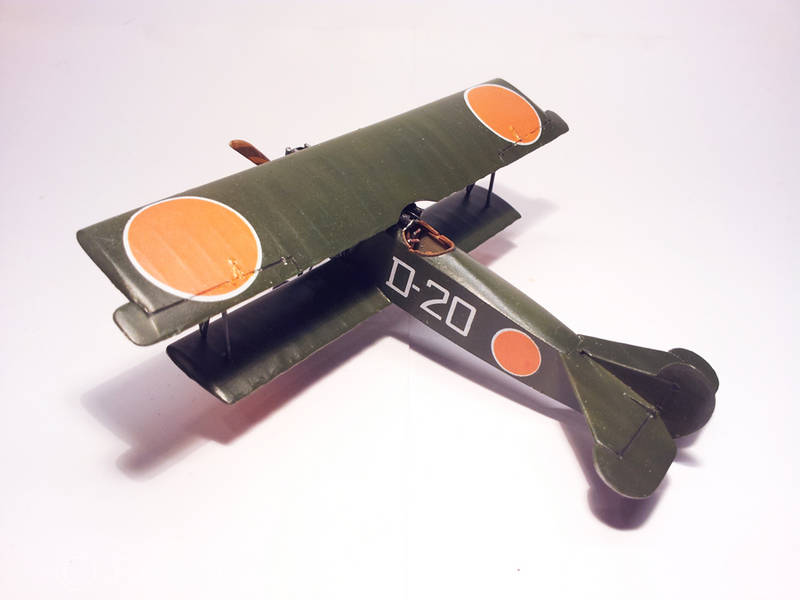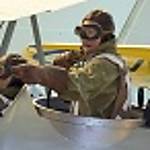After binning the Stuka I decided to quickly start something new to forget it. And the other week I bought myself a 1:72 Fokker D.VII by Roden.
I saw when I checked the kits contents that one of the decaloptions was a D.VII in service of the Marineluchtvaartdienst (Dutch navy airforce) And well... bit of national pride... Of course I had to make it.
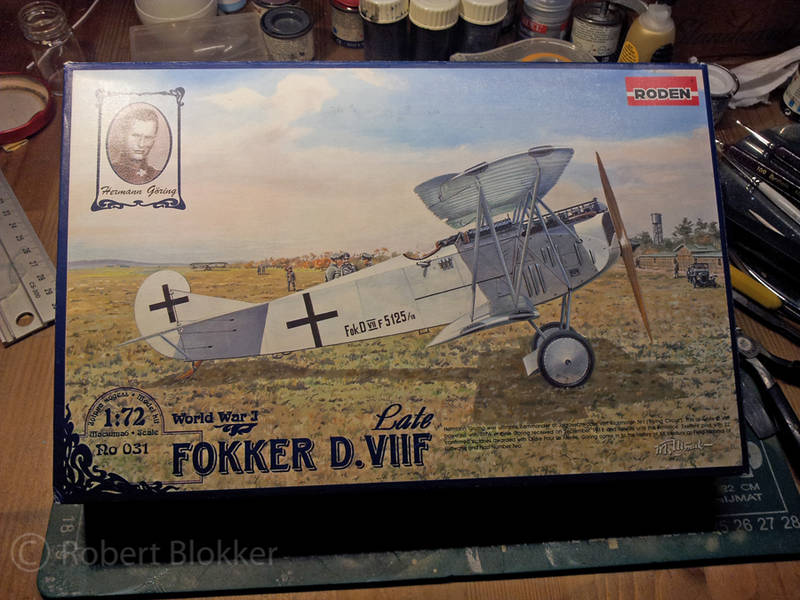
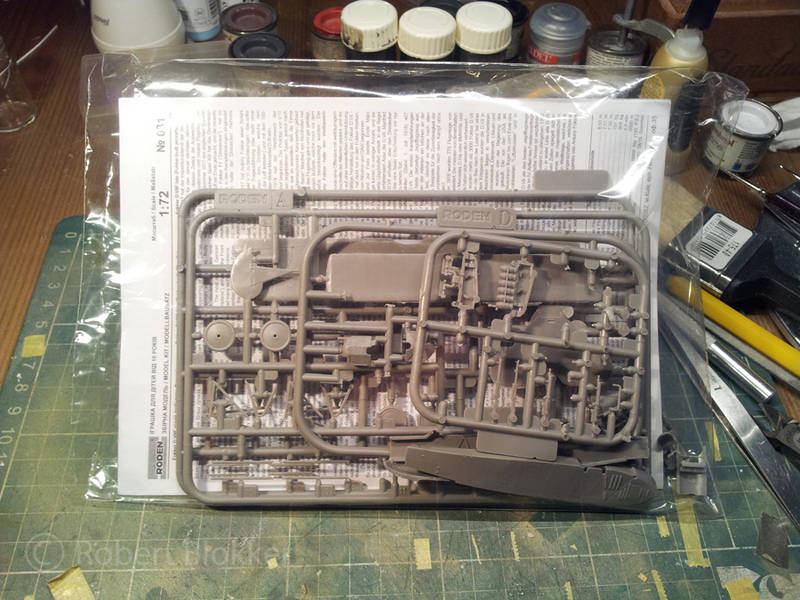
This is the decaloption I'm going for. If a Dutchman can't shout that he is a Dutchman... he simply isn't a Dutch man. And nothing shouts more Dutch then huge roundels in our national and royal color. On an olivedrab basecoat.
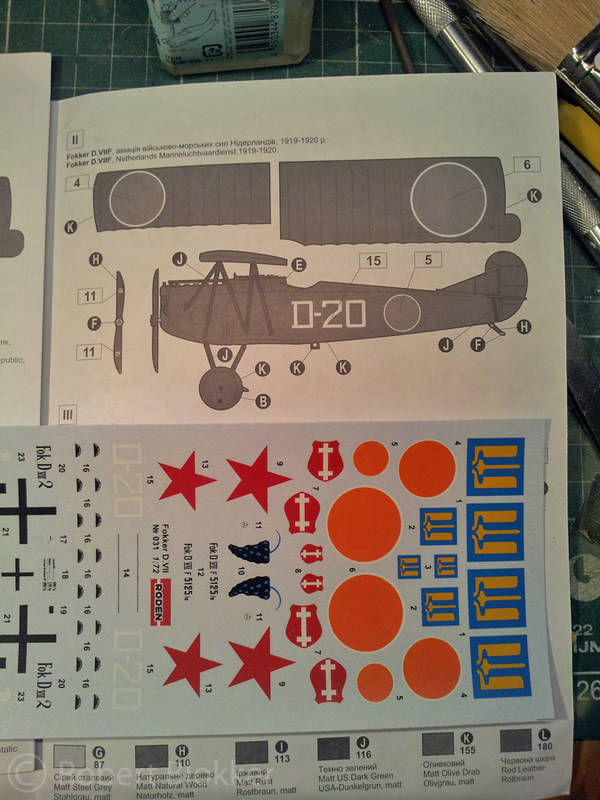
Overview of the contents.

Step 1. sans machineguns. I paint those separately before attaching them.

Step 2. Very neat engine for this little kit
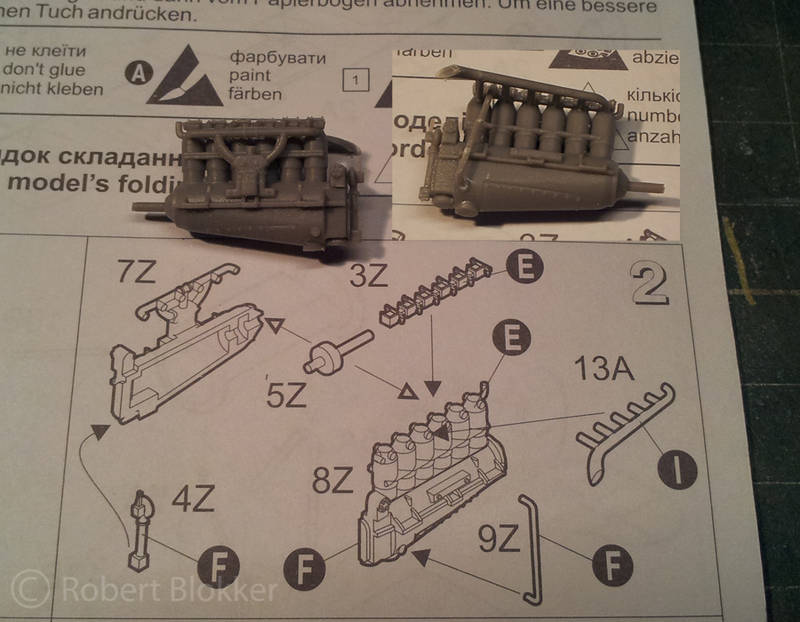
Stap 3. Cockpit
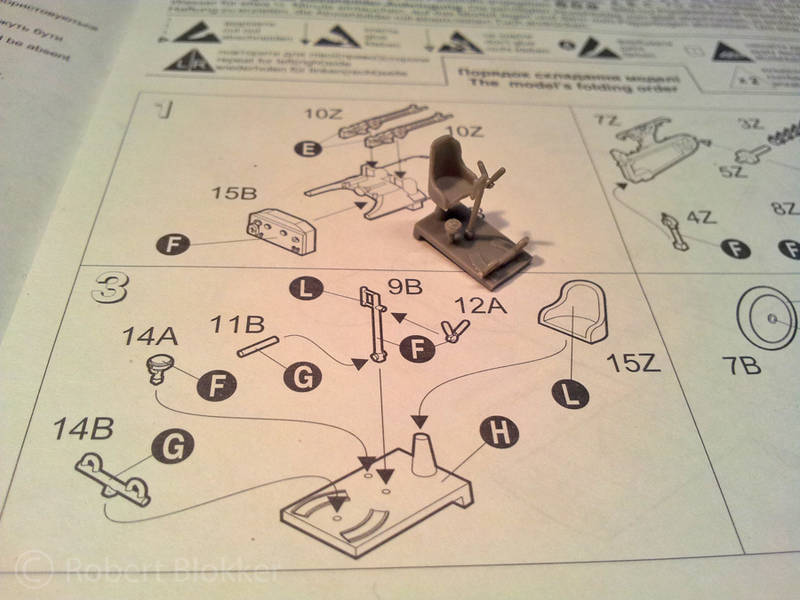
Overview of the hull. you can even see the ribs vaguely pressing against the canvas skin. Very neat. And inside the cockpit area is some more rib detail.
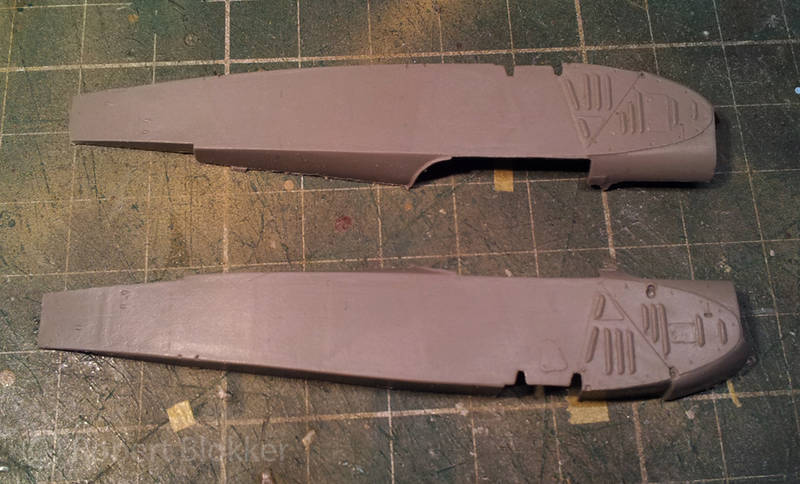

Painted the inside of the aircraft in buff
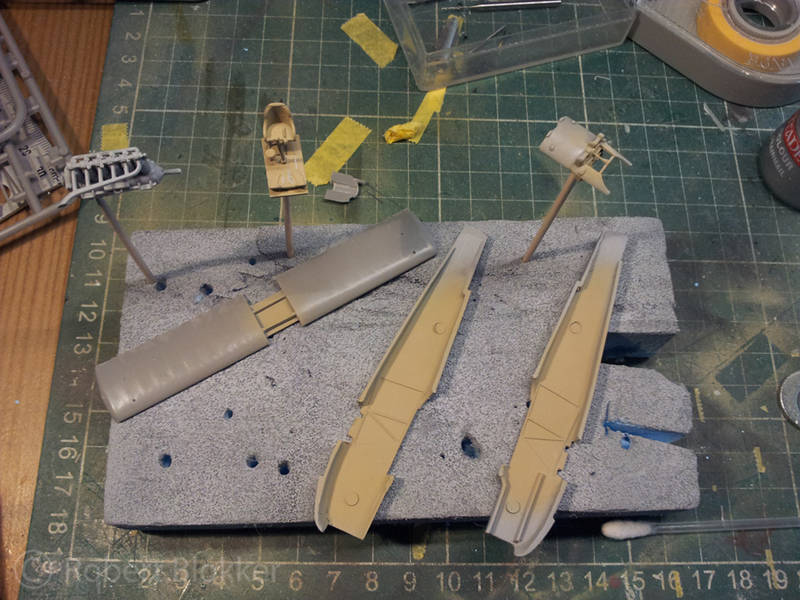
Added some thin pencil stripes on the wooden parts and then coated it with diluted Burnt Sienna oilpaint
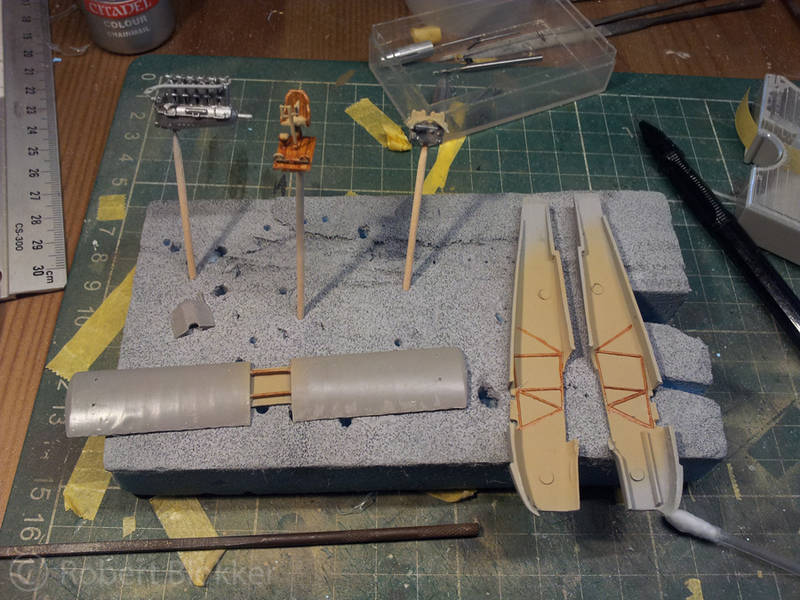
You probably won't see much of it in the end... but I simply like painting wood


More to follow
With a friendly greetz
Robert Blokker












